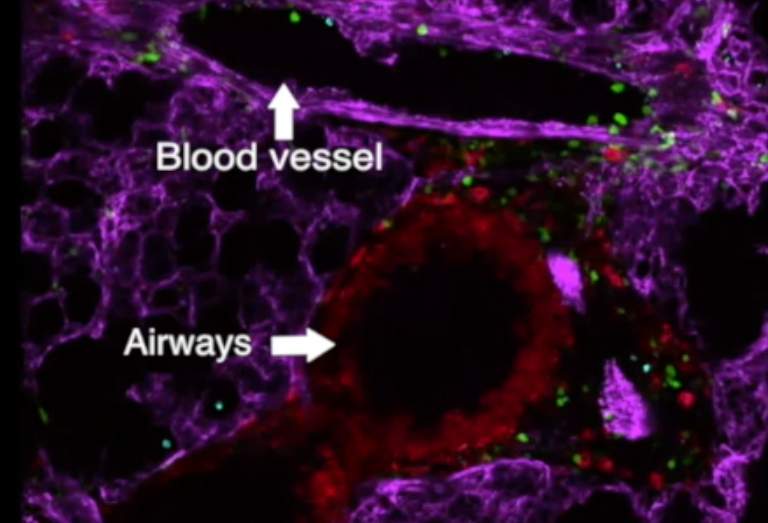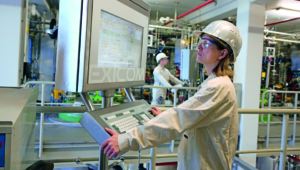
How lungs trigger innate lymphoid cell dynamics
The cells' surrounding structures play an important role as cues from the immune system in guiding their motility and behaviour, researchers from the UK and the US report.
An immune cell’s environment can influence its functions in specific tissues. Group 2 innate lymphoid cells (ILC2s), found mostly in barrier tissues like the gut and lungs, help orchestrate the type 2 immunity – a two-sided immune response that protects the body against parasitic worm infection but also contributes to the development of allergies, atopic dermatitis and asthma.
During allergic airway inflammation, ILC2s expand in the lungs, and their ability to interact with local immune cells is critical for driving type 2 immunity. However, what controls their motility and subsequent function remained unclear.
Franz Puttur and colleagues used intravital microscopy, an imaging technique that revealed mouse lung ILC2s showed highly dynamic, amoeba-like movement and aggregated in various passages between vessels in the lungs. Interestingly, expression of CCR8 and CCR1 signaling molecules were essential in controlling ILC2 motility and lung accumulation. The authors say their approach could be applied for further interrogation of other immune cell functions during allergy or inflammation.



 Merck KGaA, Darmstadt Germany
Merck KGaA, Darmstadt Germany Cellular Origins Ltd
Cellular Origins Ltd